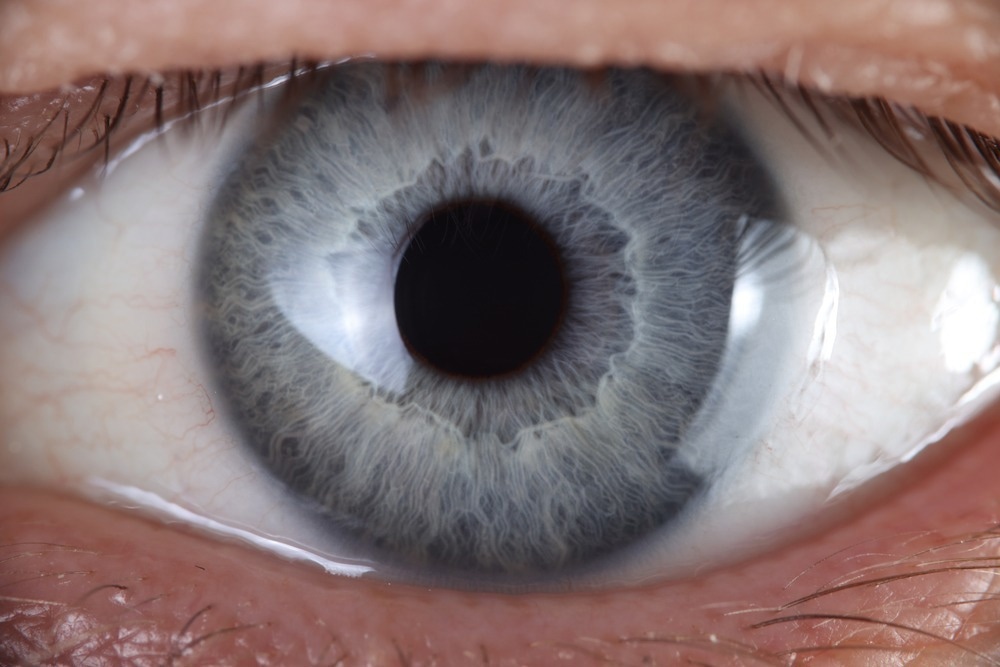Inherited retinal diseases (IRDs), known as single-gene disorders impacting the retina, are hard to diagnose as they are unusual and involve alterations in one of several candidate genes.

Image Credit: H_Ko/Shutterstock.com
Apart from the specialist centers, there are some experts who have a sufficient understanding of such diseases, and this makes it hard for patients to access correct testing and diagnosis. However, currently, scientists from the UK and Germany have made use of artificial intelligence (AI) to come up with a system that they thought would allow the highly extensive provision of testing with enhanced efficiency.
Dr. Nikolas Pontikos, a group leader at the UCL Institute of Ophthalmology and Moorfields Eye Hospital, London, UK will tell the annual conference of the European Society of Human Genetics today (Saturday, 10th June, 2023) concerning his development of the team of Eye2Gene, and AI system has the potential to determine the genetic cause of IRDs collecting from retinal scans.
Identifying the causative gene from a retinal scan is considered extremely challenging, even by experts. However, the AI is able to achieve this to a higher level of accuracy than most human experts.
Dr. Nikolas Pontikos, Group Leader, UCL Institute of Ophthalmology
The scientists were capable of utilizing Moorfield Hospital’s immense database of data on IRDs, spanning more than three decades of research. Over 4000 patients have received a genetic diagnosis as well as elaborate retinal imaging at Moorfields, thereby making it the biggest single-center dataset of patients with both genetic and retinal data.
Determining the gene involved in a retinal disease has been frequently guided by the help of the phenotype of the patient specified with the help of the Human Phenotype Ontology (HPO).
The HPO includes the use of structured and standardized descriptions of medical terms of a patient’s phenotype, which are noticeable characteristics of an individual leading to the expression of genes, to enable doctors and researchers to communicate more effectively.
However, HPO terms are often imperfect descriptions of retinal imaging phenotypes, and the promise of Eye2Gene is that is can provide a much richer source of information than HPO terms alone by working directly from the retinal imaging.
Dr. Nikolas Pontikos, Group Leader, UCL Institute of Ophthalmology
The research group measured Eye2Gene on 130 IRD cases with a well-known gene diagnosis for which whole exome or genome, retinal scans, and elaborate HPO descriptions were available, and made a comparison of their HPO gene scores with the Eye2Gene gene scores.
They discovered Eye2Gene offered a rank for the proper gene greater or equal to the HPO-only score in more than 70% of cases.
In the future, Eye2Gene can be easily integrated into standard retinal examination, first as an assistant in specialist hospitals to get a second opinion, and ultimately as a “synthetic expert” where such a person is unavailable.
“Ideally, Eye2Gene software would be embedded into the retinal imaging device,” states Dr. Pontikos.
Before its use turns out to be widespread, the system will need to undergo regulatory approvals for safety and efficacy to be illustrated. This future use of AI can turn out to be a highly effective, less invasive, and more extensively accessible method for diagnosing patients and for enhancing their management and treatment.
We need further evaluation of Eye2Gene to assess its performance for different types of IRD patients from different ethnicities, different types of imaging devices, and in different types of settings, for example, primary vs secondary care. Clinical trials will be required before our system can be deployed in clinics as medical device software.
Dr. Nikolas Pontikos, Group Leader, UCL Institute of Ophthalmology
Pontikos added, “We all know that a picture is worth a thousand words, so we had some expectation that retinal scans interpreted by AI could out-perform HPO terms only. But we were still pleasantly surprised to see that, even when quite specific HPO terms were used, Eye2Gene could still do as well or better than an HPO-only approach.”
Pontikos concluded, “We hope that AI will help patients and their families by making specialist care more efficient, accessible, and equitable.”
Professor Alexandre Reymond, chair of the conference, stated, “While real life experts are essential, the use of AI will help in mitigating biases and will allow diagnoses for all in the future.”